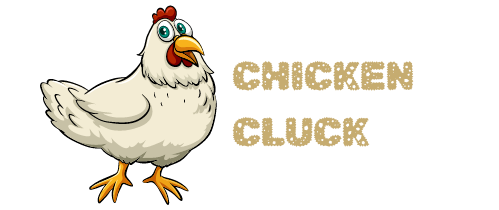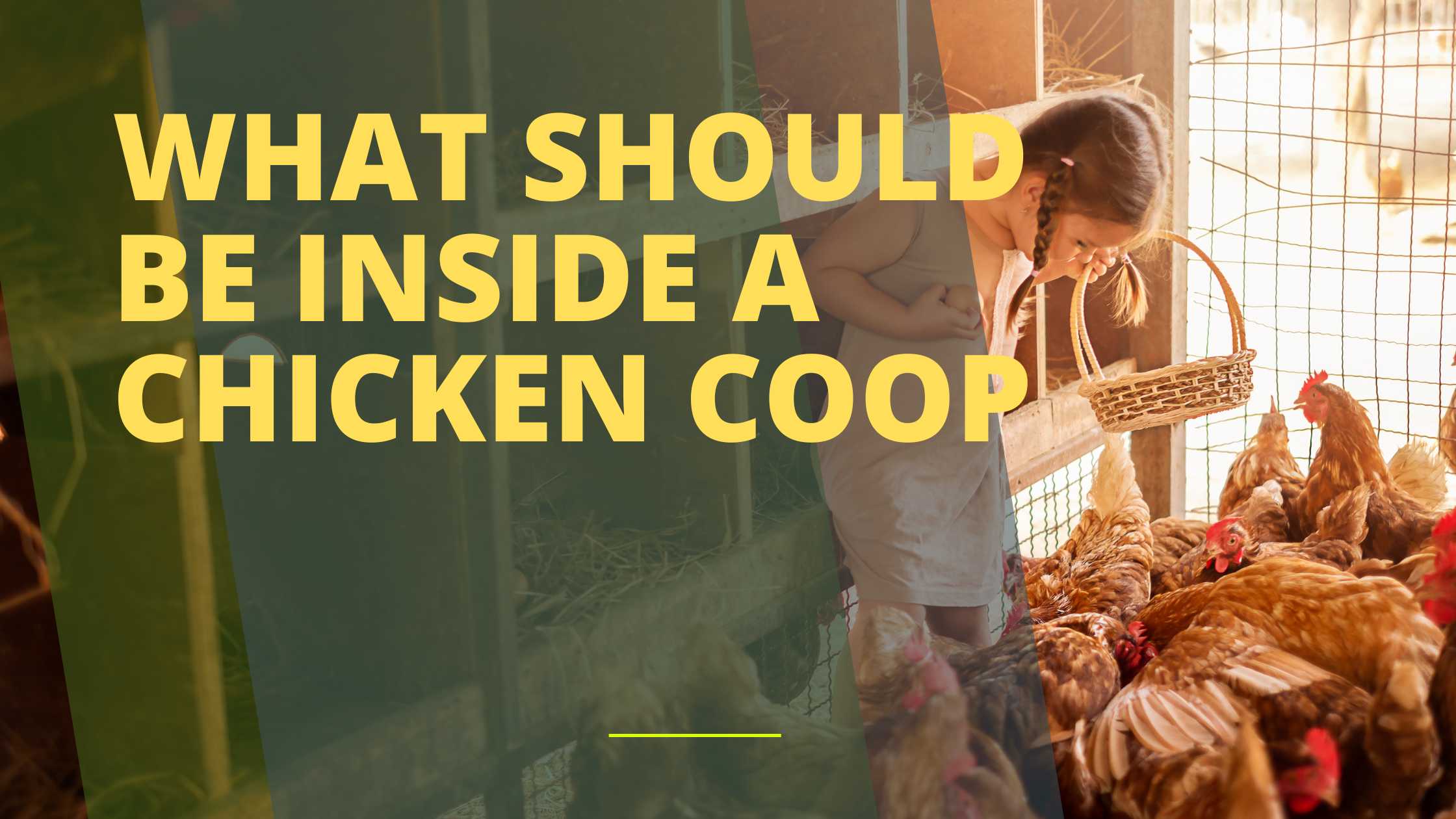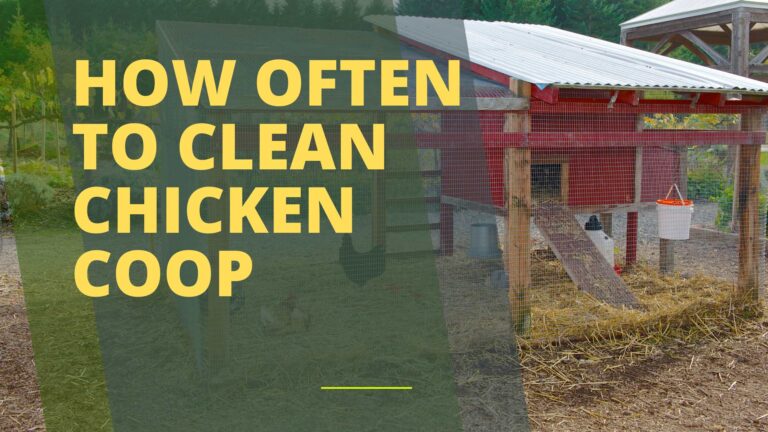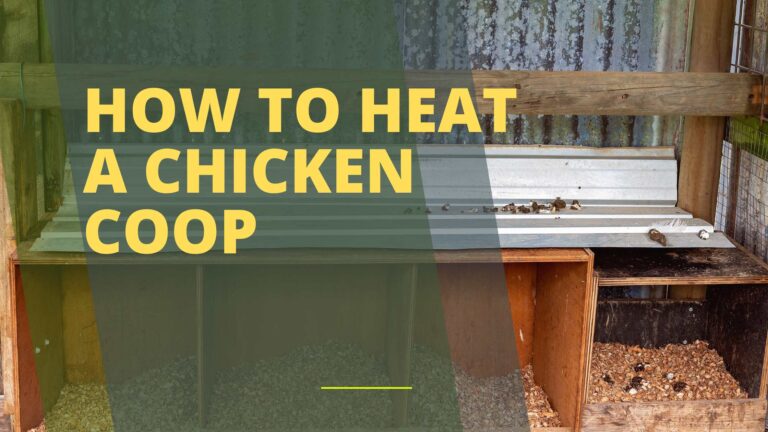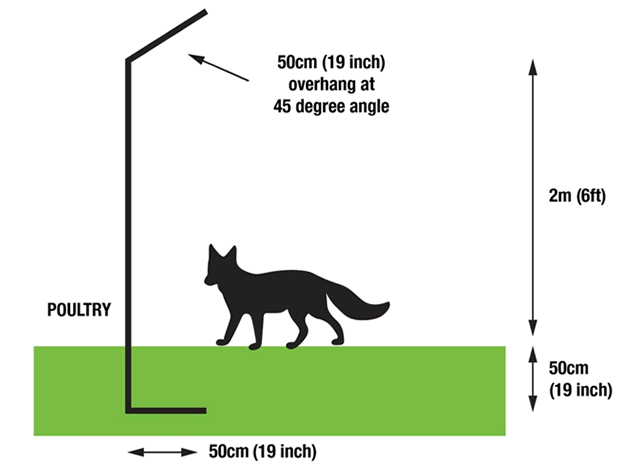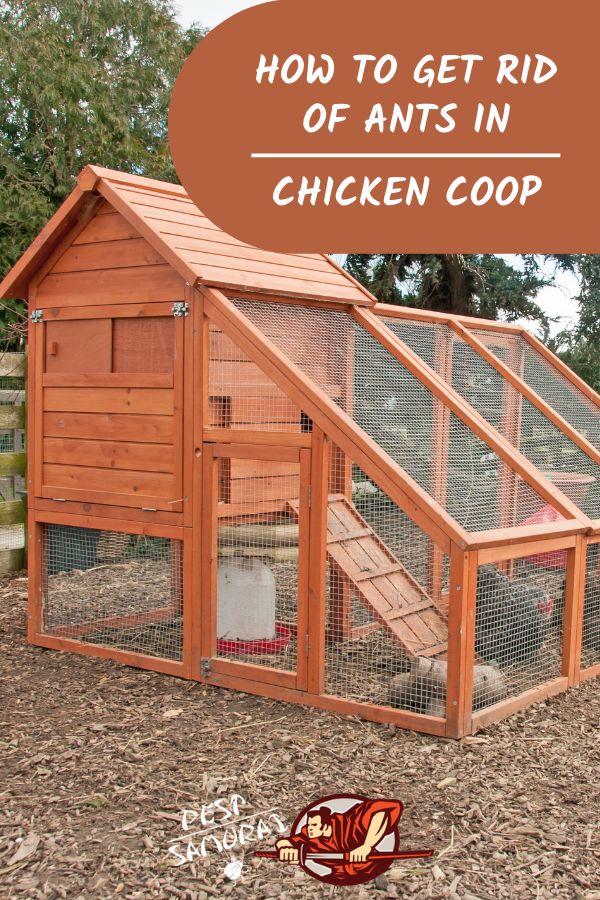A chicken coop should contain a roosting area and nesting boxes. Adequate ventilation and predator protection are essential.
Ensuring your chickens have a cozy, safe, and well-arranged home is crucial to their happiness and egg production. The interior of a chicken coop must cater to the birds’ needs, allowing them to rest, lay eggs, and seek refuge from harsh weather conditions or predators.
What Should Be Inside a Chicken Coop? Essential elements include roosts for sleeping, nest boxes for egg laying, proper ventilation to keep the air fresh, insulation for temperature control, and secure doors to safeguard against threats. The floor should be covered with absorbent bedding, such as straw or wood shavings, to maintain cleanliness and comfort. Provision of clean water and feeders within easy reach of the hens fosters a healthy environment. Thoughtful arrangement inside the coop not only promotes the wellbeing of your chickens but also simplifies maintenance for the poultry keeper.
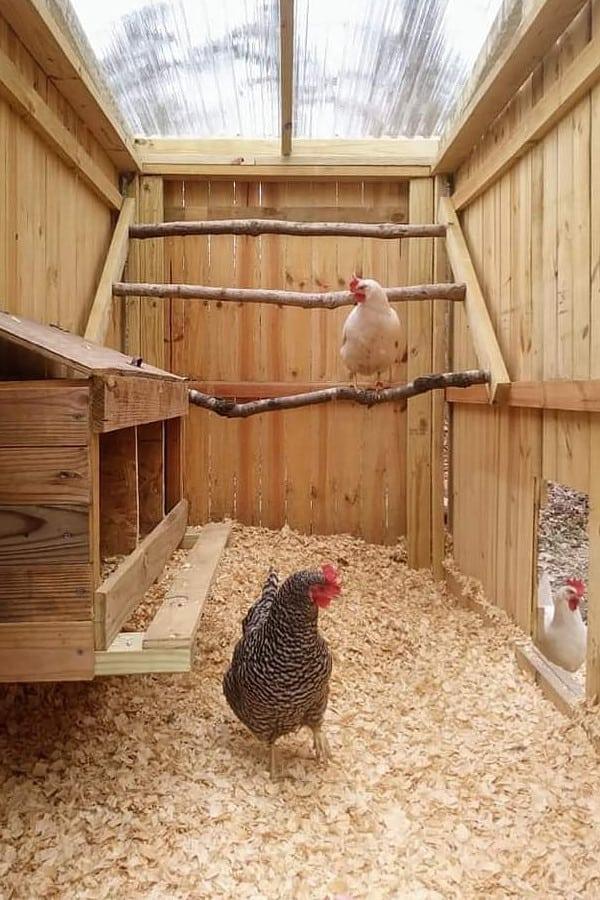
Credit: extension.umd.edu
Essentials For Every Chicken Coop
Welcome to your guide to the essentials every chicken coop needs. When planning a home for your feathered friends, some key features ensure their health, happiness, and egg production. Read on to discover what should be inside every chicken coop.
Space Requirements
Chickens need room to roam, roost, and retreat. Inside the coop, aim for at least 2 to 3 square feet per chicken. Outside, each chicken should have 8 to 10 square feet in the run. More space helps prevent stress, pecking, and diseases.
Chart of Space Requirements:
| Chicken Quantity | Indoor Space | Outdoor Space |
|---|---|---|
| 5 | 10-15 sq. ft. | 40-50 sq. ft. |
| 10 | 20-30 sq. ft. | 80-100 sq. ft. |
Ventilation And Insulation
Good air flow is critical in a chicken coop, particularly to remove dampness and ammonia. Ensure adequate ventilation without creating drafts. Proper insulation maintains a steady temperature, keeping chickens comfortable in both summer and winter. Here’s what to ensure:
- Windows: Include windows that open for fresh air.
- Vents: Place vents high to expel warm, moist air.
- Roof Overhang: Protect ventilation areas from rain.
- Wall Insulation: Keeps coop warm in winter, cool in summer.
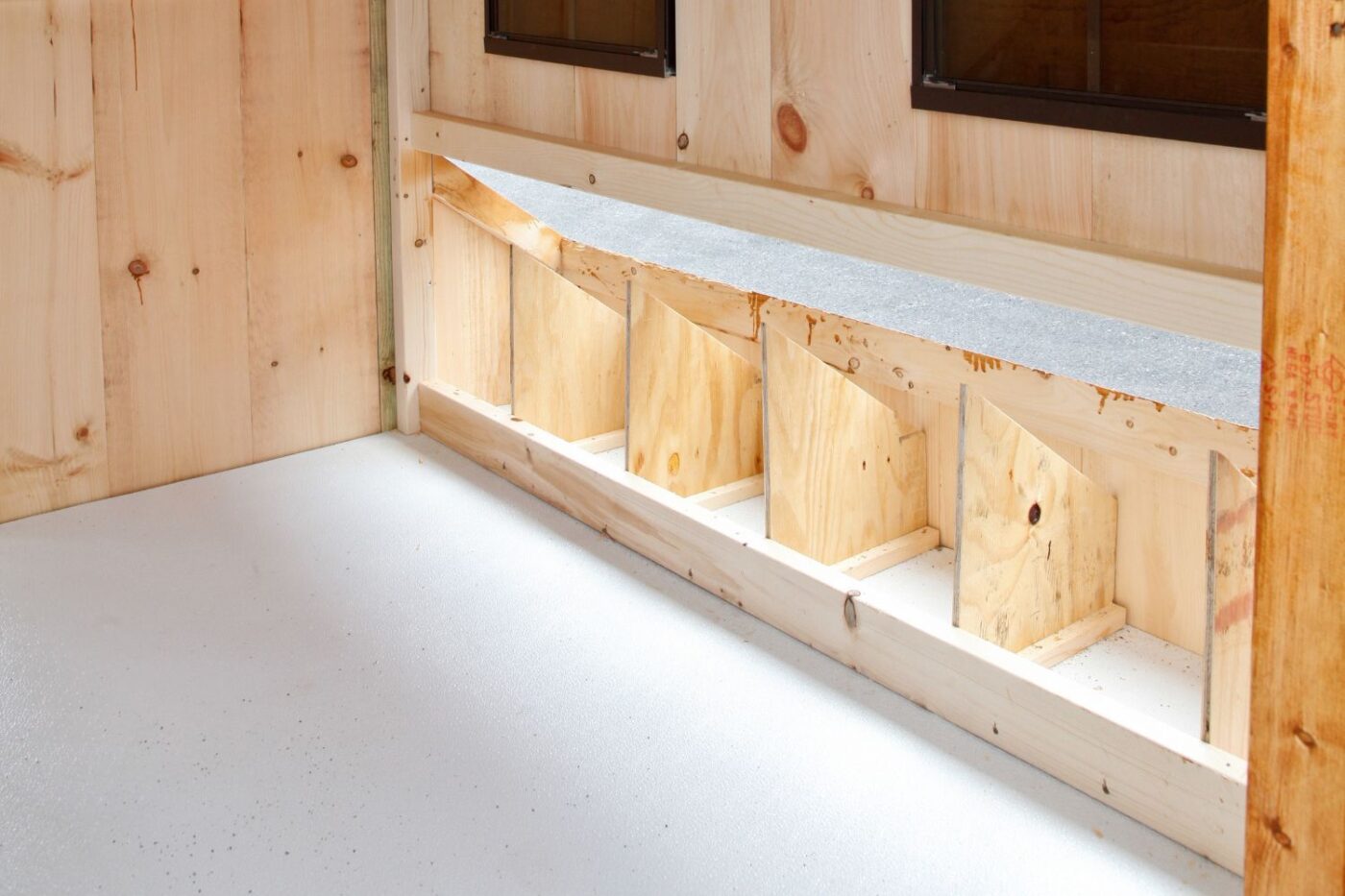
Credit: www.thehenhousecollection.com
Comfortable Roosting Spots
At night, chickens need a safe place to sleep. A comfortable roosting spot is essential for their well-being. It’s where they snuggle up and feel secure. Let’s get into the details of crafting the perfect roost!
Types Of Perches
Chickens prefer perching up high as they snooze. Various materials work for perches. Some options are:
- Wooden dowels
- Tree branches
- 2x4s on the flat side
Wood is the best as it keeps chickens’ feet warm during winter.
Setting Up Roosting Bars
Rights heights and spacing for bars are vital. Follow these steps:
- Space bars 18 inches apart.
- Position them 2 to 4 feet off the ground.
- Ensure easy access up and down.
- Bars should be level to prevent competition for higher spots.
Remember, a comfy coop means happy hens and better egg production!
Nest Boxes: A Hen’s Haven
A comfortable nest box is a sanctuary for your hens. This private spot is where they’ll lay their precious eggs. A well-designed box keeps hens happy and eggs safe. Let’s explore how to make nest boxes cozy homes for your chickens.
Ideal Box Size
Nest boxes should be spacious but cozy. The perfect space allows a hen to stand, turn around, and settle without feeling cramped. Here’s what to aim for:
- Width: 12 inches
- Depth: 12 inches
- Height: 12–18 inches
One box for every four to five hens keeps everyone content.
Best Bedding Materials
Bedding is vital for cushioning eggs and absorbing waste. Select materials that are easy to replace and keep clean. Recommended options include:
| Material | Pros | Cons |
|---|---|---|
| Straw | Inexpensive, accessible | Can harbor mites |
| Pine Shavings | Smells nice, highly absorbent | Costs more than straw |
| Sand | Easy to clean, drains well | Heavy, not very cozy |
Change bedding regularly to prevent dampness and discourage pests. Fresh, dry bedding supports healthy, laying hens.
Water And Feed Stations
Every chicken coop needs water and feed stations that are reliable and easy to use. Chickens require constant access to fresh water and a steady supply of food. The right placement and style of feeders and waterers can lead to happier, healthier birds.
Placement Tips
- Sheltered: Place stations under cover to keep feed dry and water clean.
- Elevated: Keep them off the ground to prevent contamination from droppings.
- Space: Provide enough room around stations to prevent overcrowding.
- Refillable: Position for easy access when refilling or cleaning.
Accessible Feeders And Waterers
Choosing the right feeders and waterers is crucial. Birds must reach their food and water with ease. Here are must-have features:
| Type | Feature | Benefit |
|---|---|---|
| Feeders | Spill-minimizing design | Keeps feed clean |
| Waterers | Nipple or cup systems | Reduces waste and spoilage |
Regularly check and maintain these stations to ensure a happy flock.
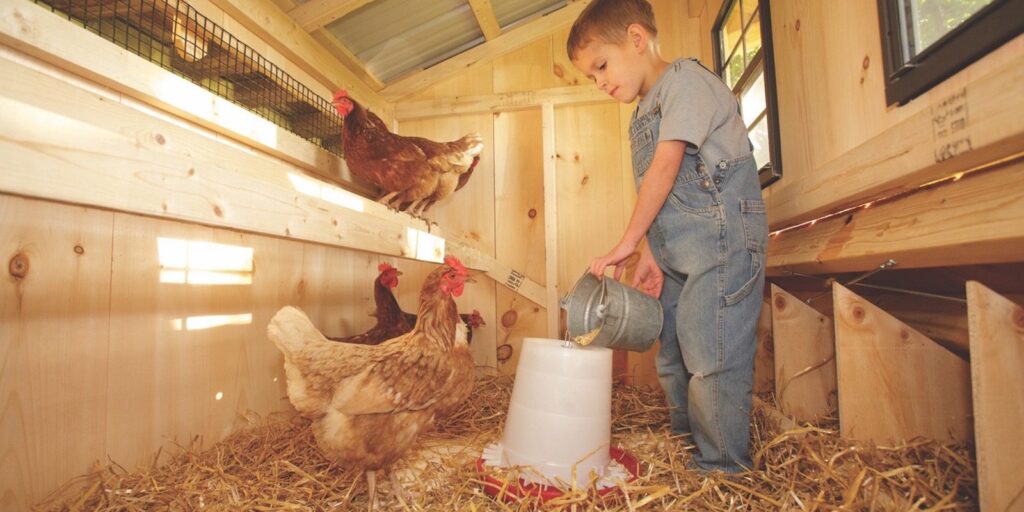
Secure Chicken Run
Every chicken coop needs a secure chicken run. This space gives your chickens freedom while keeping them safe. Let’s look at how to make the perfect chicken run.
Protection From Predators
Chickens need protection from animals like foxes and raccoons. A strong fence goes into the ground to stop diggers. Overhead netting keeps flying predators out. Lockable doors are a must for night safety. It’s like a fortress for your feathered friends!
Outdoor Space Essentials
A chicken run must have certain features. First, shade areas for hot days. Water should always be available, so add a few water stations. Include dust bath areas for chicken hygiene. Perches for resting and playtime are great, too.
| Feature | Importance |
|---|---|
| Shaded Areas | Keeps chickens cool |
| Water Stations | Hydration all day |
| Dust Baths | Clean feathers, happy birds |
| Perches | Rest and play spots |
- Fencing: Buried and sturdy
- Netting: Durable and weather-resistant
- Locks: Heavy-duty and reliable
- Inspect fencing regularly.
- Refresh water daily.
- Check overhead netting often.
Cleaning And Maintenance Tools
Maintaining a chicken coop is critical for the health and happiness of your chickens. Proper cleaning tools and a maintenance checklist keep the environment safe and sanitary. Let’s look at what items you’ll need to ensure your coop remains in top shape.
Coop Cleaning Supplies
For a pristine chicken coop, gather these essential tools:
- Brooms and Brushes: To sweep away feathers and debris.
- Shovel and Scraper: For removing droppings and old bedding.
- Pressure Washer or Hose: To clean surfaces thoroughly.
- Disinfectant: A chicken-safe choice is critical.
- Protective Gloves: To keep your hands clean and safe.
- Dustpan: For the smaller waste and odds and ends.
- Buckets: Useful for carrying water and mixing cleaning solutions.
Regular Maintenance Checklist
Maintenance involves more than cleaning. Follow this checklist regularly:
- Inspect for Damage: Look for wear and tear on the coop.
- Check for Pests: Mites, lice, and rodents shouldn’t be ignored.
- Ensure Proper Ventilation: Fresh air keeps chickens healthy.
- Refresh Nesting Boxes: Replace bedding often.
- Examine Water and Food Containers: Cleanliness here avoids disease.
- Annual Deep Clean: Schedule a thorough cleanup yearly.
Tick these tasks off your list and you’ll promote a strong flock in a clean and sturdy coop.
Lighting For Laying
Chickens need light to lay eggs well. Not any light, but the right kind that mimics the sun. This section dives into how to light your chicken coop effectively to boost egg production. Let’s make those hens happy with proper lighting!
Natural Vs. Artificial Light
Chickens thrive under the sun’s natural rays. Natural light helps them wake, sleep, and lay regularly. But what if the sun’s not enough? That’s where artificial light comes in.
Artificial lighting ensures chickens get their daily dose of light, especially in winter. Chickens need about 14-16 hours of light each day to keep laying eggs.
| Type of Light | Benefits |
|---|---|
| Natural Light | Free, mimics nature’s rhythm |
| Artificial Light | Controlled, consistent hours |
Lighting Schedule
Consistency is key with your coop’s lighting. Chickens need routine. Create a lighting schedule that mimics natural daylight hours.
A timer can be a real helper here. Set it to turn lights on when the morning starts and off when night falls.
- Gradually increase light as winter days shorten.
- Use a timer to automate the light schedule.
- Aim for 14-16 hours of light each day for optimal laying.
Extras For Happy Chickens
Beyond the basic needs of shelter, food, and water, chickens thrive with a few extras in their home. Adding special features to your chicken coop can lead to healthier, more content chickens. Let’s explore some delightful bonuses that transform a simple coop into a chicken paradise.
Dust Baths
Chickens love taking dust baths. It’s a natural behavior that helps them maintain their feather health and ward off parasites. Inside your coop, dedicate a corner for their bathing joy.
- Ash and sand mix works best.
- Ensure the area is dry and accessible.
- Regular maintenance keeps the bath clean.
Toys And Entertainment
Boredom leads to pecking and stress in chickens. Toys and play items are perfect solutions.
| Toy | Benefit |
|---|---|
| Perches and ladders | Encourage exercise and roosting behavior. |
| Swings | Provide a fun way for chickens to stay active. |
| Mirrors | Stimulate curiosity and prevent boredom. |
Rotate toys regularly to keep interest high. Secure all items safely to prevent injuries.
Protection From The Elements
Keeping your chickens safe means guarding them against harsh weather. Their coop is their home, shelter, and protection. Let’s ensure it stands strong against wind, rain, snow, and scorching heat.
Weatherproofing Your Coop
Chickens need a dry and cozy space to stay healthy. Start with a solid roof. It should repel water and handle heavy snow. Seal cracks and gaps to keep rain and drafts out. Use weather-resistant materials to wrap the coop. This keeps the inside dry and wind-free.
- Quality roofing material to prevent leaks
- Tight seals on doors and windows to block drafts
- Insulation for warmth in winters
- Use of weather-stripping to guard edges and openings
Seasonal Adjustments
Sunshine and ventilation are crucial in the summertime. Make sure the coop has windows that open for air. In the winter, those windows should close tightly. Add more straw or bedding for warmth. Heaters can be dangerous, so avoid them. Instead, focus on keeping the coop well-insulated without overheating your chickens.
| Season | Action Items |
|---|---|
| Spring/Summer | Increase ventilation, control parasites |
| Fall/Winter | Boost insulation, check for drafts |
Remember: chickens are resilient but rely on us for their home’s stability. A well-maintained coop ensures their survival and happiness through all the seasons.

Credit: m.youtube.com
The Egg Collection Point
The Egg Collection Point in your chicken coop is more than a mere corner. It’s where your feathery friends’ hard work pays off, yielding treasured eggs. A well-designed collection point saves time and ensures eggs stay pristine. Below, we delve into features that make egg collection efficient and satisfying for novice and seasoned chicken keepers alike.
Egg Retrieval System
To simplify your daily treasure hunt, consider an egg retrieval system that gently guides eggs into a secure area. Options include slanted floors that roll eggs away from hens, reducing the chances of breakage or accidental pecking.
- Slanted Floor Nesting Boxes
- Automatic Egg Collection Belt
- Easy Reach Baskets
Each system should be accessible, reducing the need to disturb hens. Remember, happy hens lay more eggs!
Storage Solutions
Once eggs roll to the collection area, they need a safe spot to await your basket. Storage solutions ensure eggs remain clean and unbroken. They should ideally hold the eggs in a single layer.
| Type of Storage | Features |
|---|---|
| Padded Egg Trays | Cushions eggs, stackable |
| Egg Baskets | Allows air circulation |
| Lockable Cabinets | Protects from predators and extreme temperatures |
Ensure your storage solution is easy to clean. This helps keep your eggs ready-to-use straight from the coop!
Conclusion
Creating the perfect environment for your chickens is crucial for their health and happiness. Essential items include nest boxes, perches, proper ventilation, predator protection, and easy-to-clean surfaces. Remember, a well-maintained coop results in happy, productive hens. Prioritize these features to ensure your chicken’s abode is safe, comfortable, and egg-cellent!
